Explained | What is 'Viksit Bharat 2047' and what does it aim to achieve?
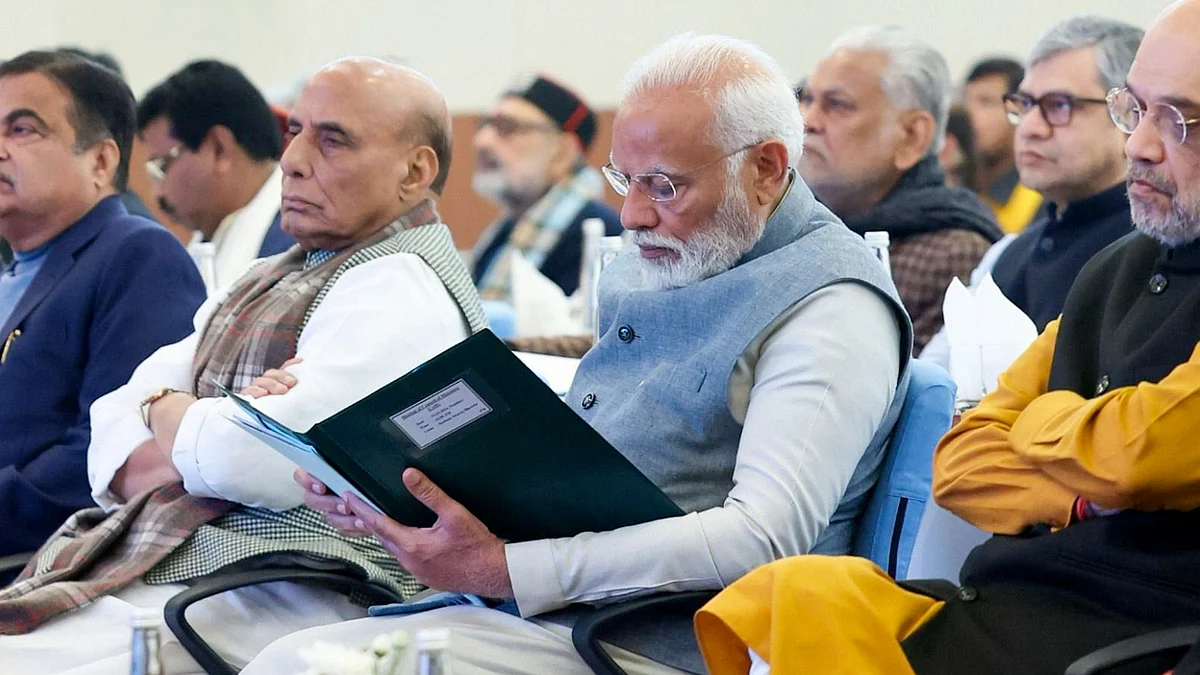
Prime Minister Narendra Modi along with the Council of Ministers during a meeting on vision document for the Viksit Bharat 2047 & detailed action plan for next 5 years, in New Delhi
Credit: PTI Photo
Ahead of the Lok Sabha 2024 elections, PM Modi-led NDA appear to be extremely confident of winning the polls, and by a huge margin. So confident that the Prime Minister held a meeting with his Council of Ministers to discuss an action plan for the new government's first 100 days, in line with the 'Viksit Bharat 2047' vision, as reported by Hindustan Times.
The vision is something that we have been hearing about for a while now, given that it was first brought up around December 2021. But what exactly does this vision mean for India? And why is the ruling party putting so much emphasis on it?
What is 'Viksit Bharat 2047'?
'Viksit Bharat 2047' is the current government's roadmap to making India a completely developed nation by 2047; 100 years after independence. Modi has stated that the core objective of the Viksit Bharat vision is to foster inclusive economic participation among all citizens.
A key component of this initiative is the ambitious goal of elevating India to the rank of the world's third-largest economy within the next five years, contingent upon the NDA assuming power once more.
Goals set under the mission
According to Hindustan Times, one of the main aims is to turn India to a $30-trillion developed economy in about two decades for a projected 1.65 billion population.
The document envisions economic growth, sustainable development goals, improvements in the ease of living and doing business, enhanced infrastructure, and bolstered social welfare initiatives.
It also takes into account four major factors likely to take center stage by 2050: India and Africa's increasing prominence on the global stage, reflecting PM Modi's emphasis on the Global South at G20; a world marked by growing affluence but also polarization; escalating climate crises; and a rapidly changing geopolitical landscape.
Other factors that have been taken into account include: The emergence of a 'phygital' future, where rapidly advancing digital technology reshapes the physical world; groundbreaking innovations reshaping lifestyles; global competition for shared resources like space, oceans, and data; and the uncertainties posed by the unknown.
As part of this road map, BJP and PM Modi, in the past few months, have reiterated their goal to achieve 370 seats in the Lok Sabha.
The NDA as a whole has been given a goal of 400+ seats for the Lok Sabha elections 2024.
On Saturday, the BJP unveiled its initial roster of 195 candidates for the forthcoming general elections, featuring prominent figures such as Prime Minister Narendra Modi, Home Minister Amit Shah, and Defence Minister Rajnath Singh.
One of the highlights of the first list of BJP's candidates is the inclusion of 28 women, 27 scheduled caste candidates, 18 from scheduled tribes, and 57 representing other backward classes (OBCs).
While the aspiration of 'Viksit Bharat 2047' is undeniably ambitious, the first challenge for the BJP is to remain in power.
South India's first underground AC market opens in Bengaluru
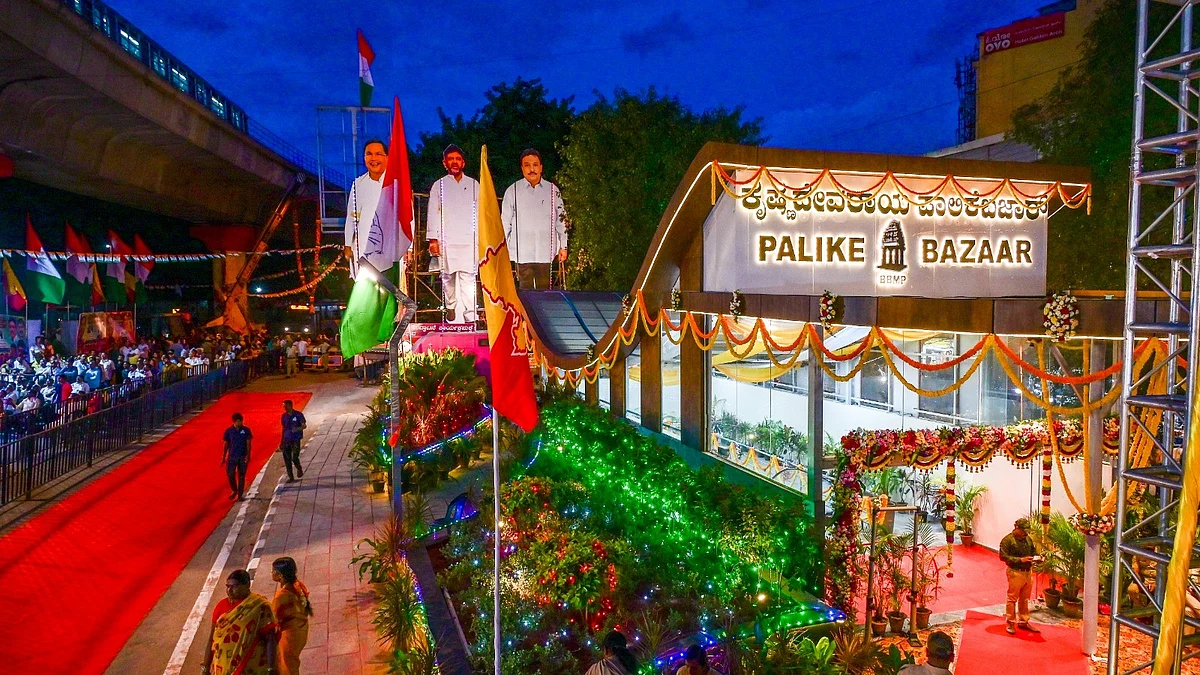
Mumbai student mutilates passport to hide Thailand trip from institute funding overseas internship
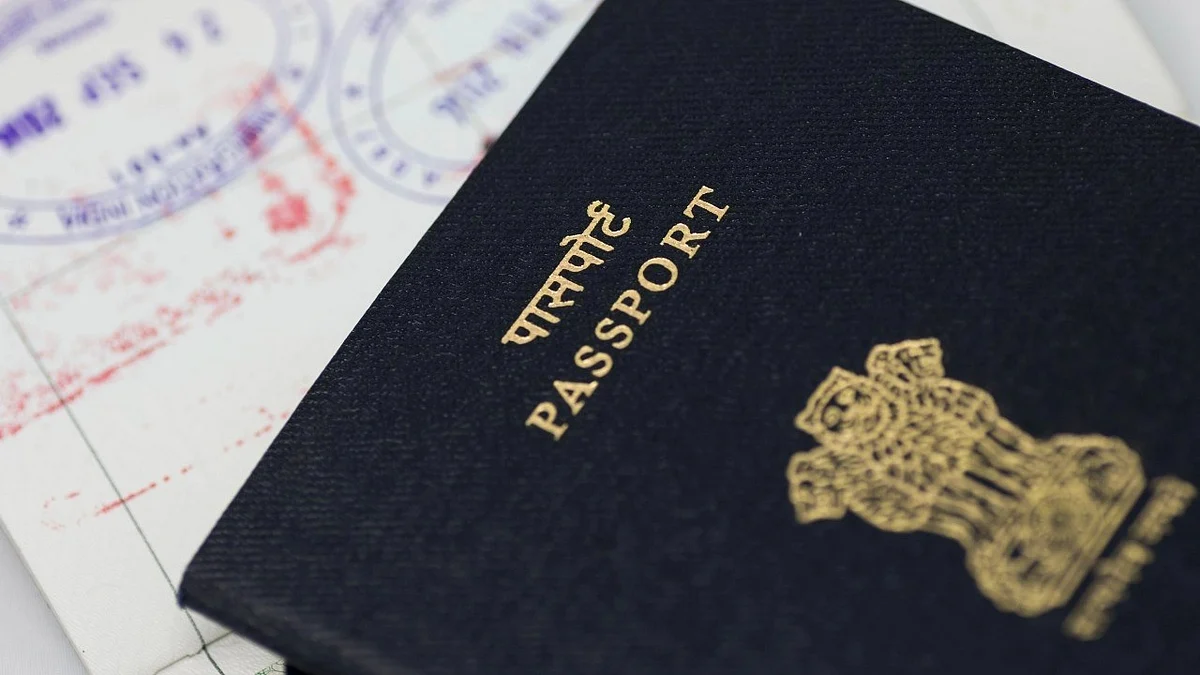
On Jhatka and Halal
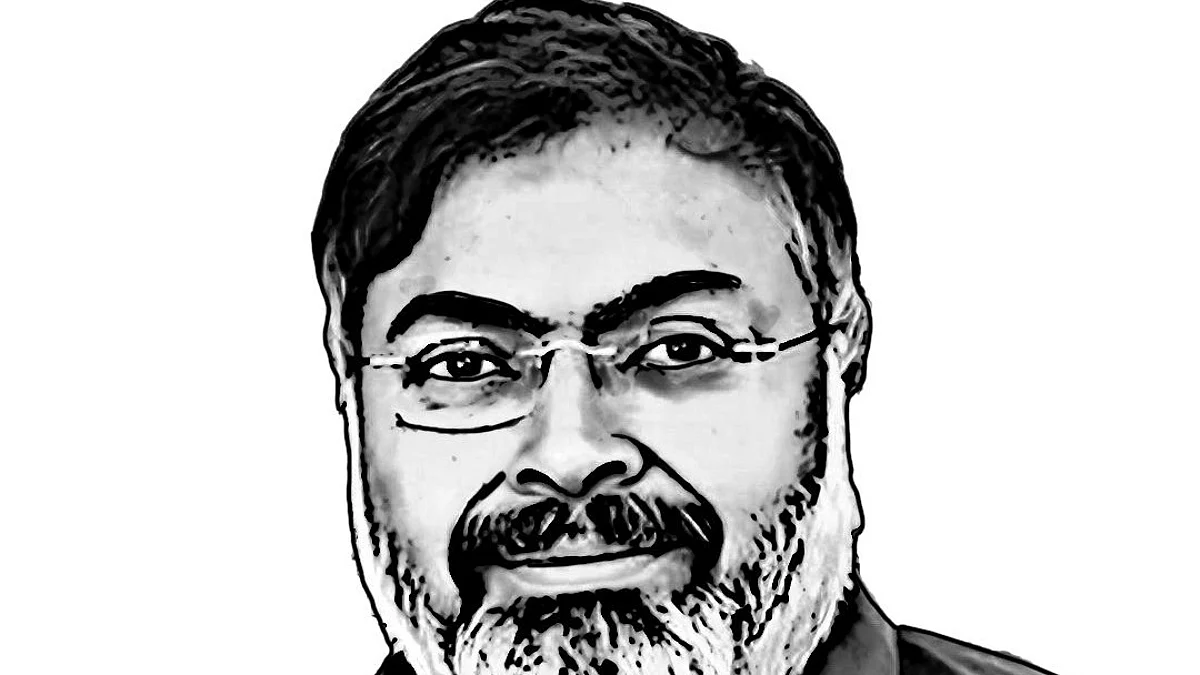
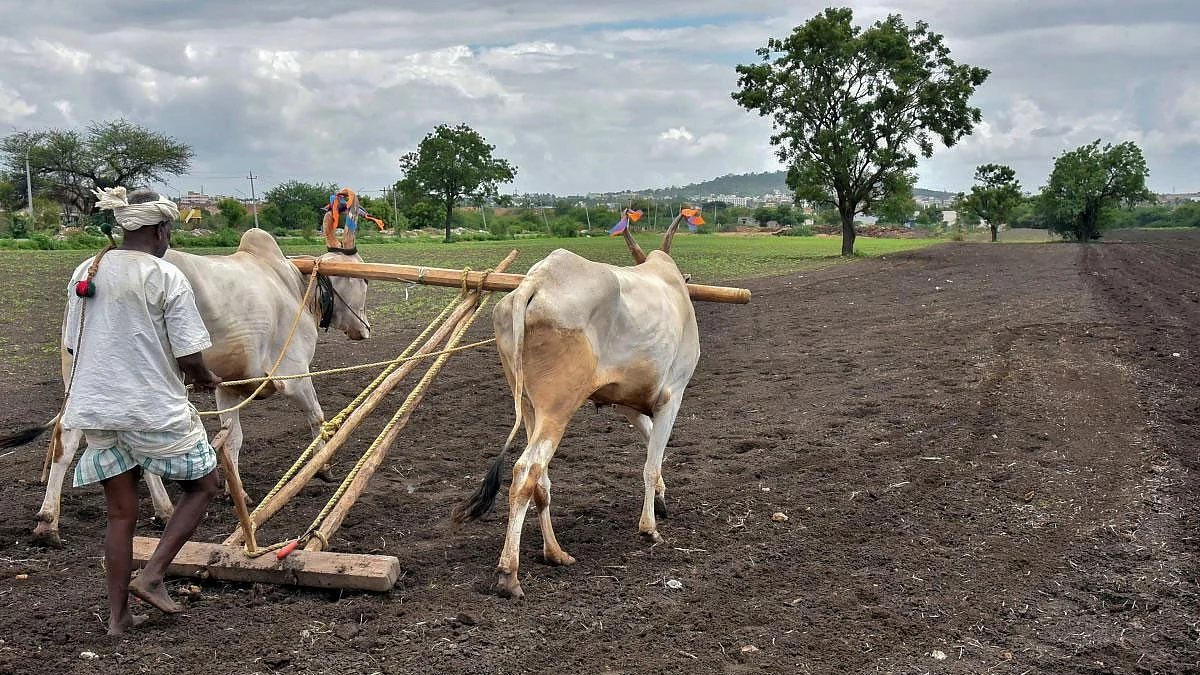
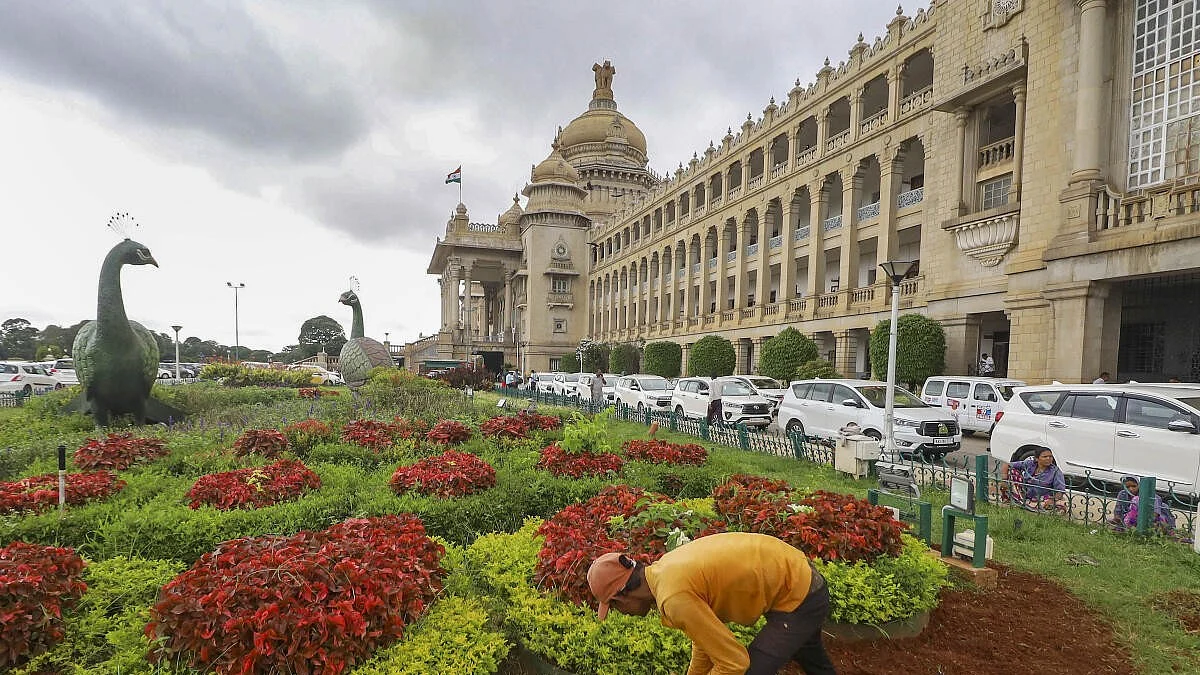
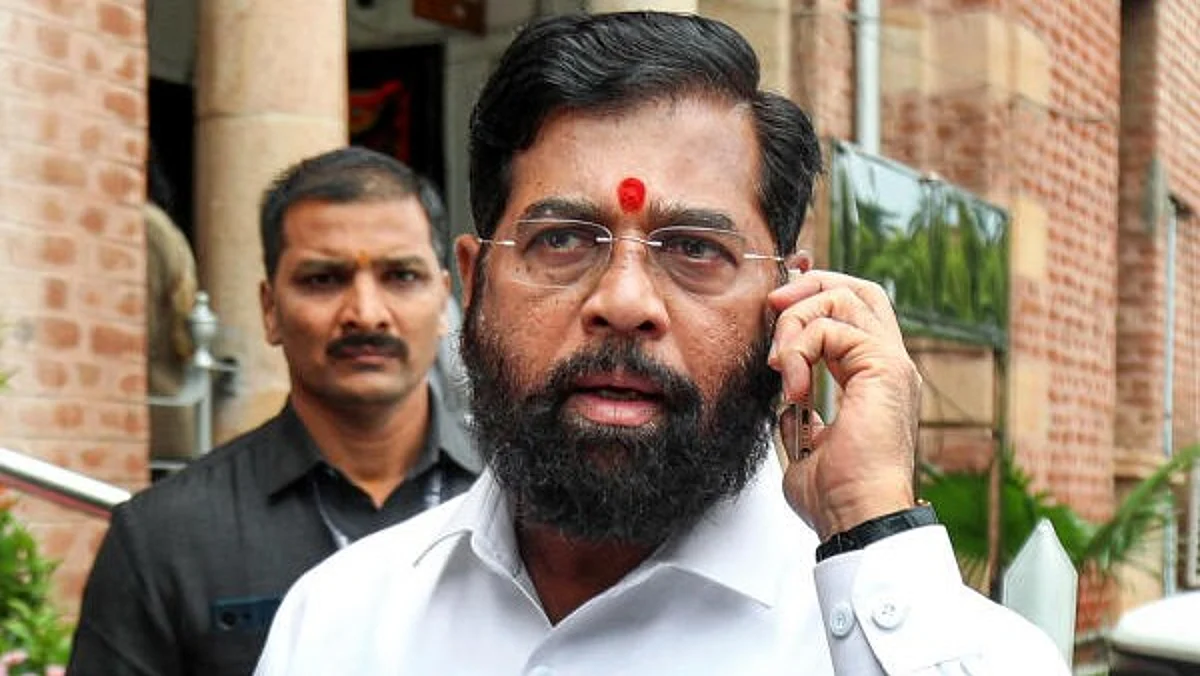
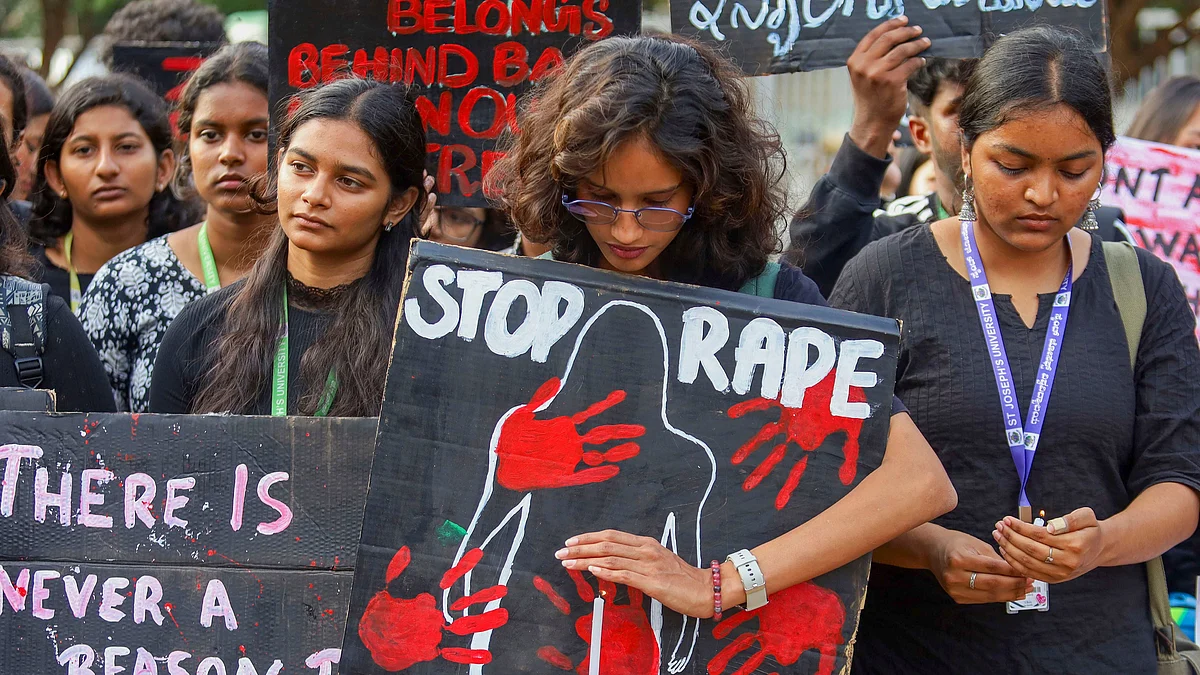







.jpg?rect=0%2C0%2C1090%2C613&auto=format%2Ccompress&fmt=webp&fit=max)




